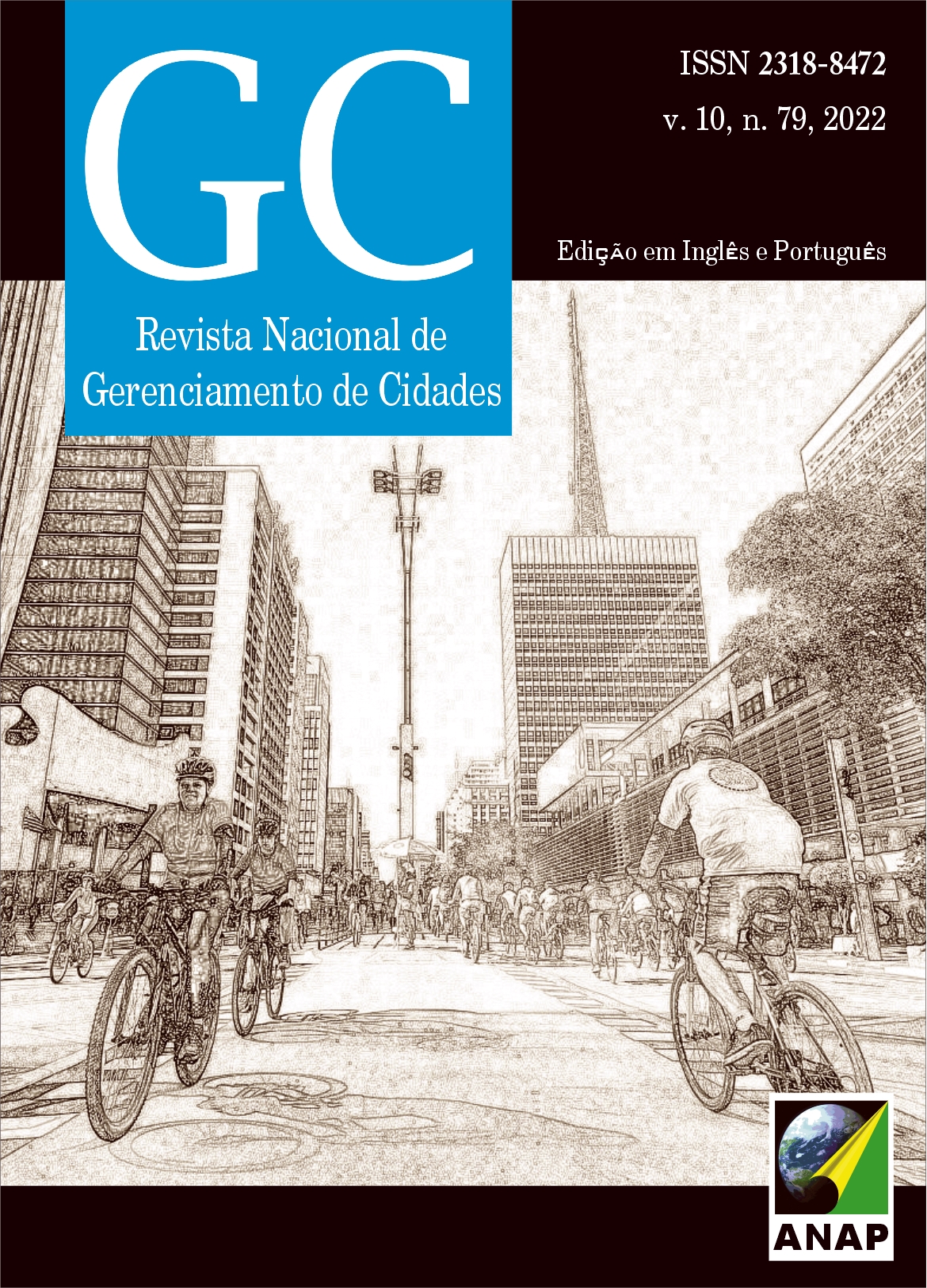Appropriation of Public Space: The case of two distinct squares in Cuiabá-MT
DOI:
https://doi.org/10.17271/23188472107920223309Palavras-chave:
Public Space. Square. Appropriation.Resumo
Between 2017 and 2020, the city of Cuiabá-MT carried out a revitalization and construction program for approximately 100 (one hundred) squares. Using it as a temporal and thematic cut, the present study aimed to understand to what extent these squares, through their physical attributes, contributed to their appropriation as a public space. With this intention, the research was placed in a practical nature through a single case study in multiple units of analysis, choosing the city of Cuiabá as a case study, and two squares as distinct units of analysis. Issues such as the meaning of public space and its role in appropriation were addressed in the theoretical review. To this end, an inventory survey of the squares in Cuiabá was carried out before and after the aforementioned intervention program, with subsequent selection of a sample for the two squares. Finally, by carrying out visits to these units, it was observed that the physical attributes and the more centralized insertion in the neighborhoods proved to be appropriation inducers. In addition, the design qualification more suited to the needs of local users revealed higher levels of appropriation, with a greater variety of users.















